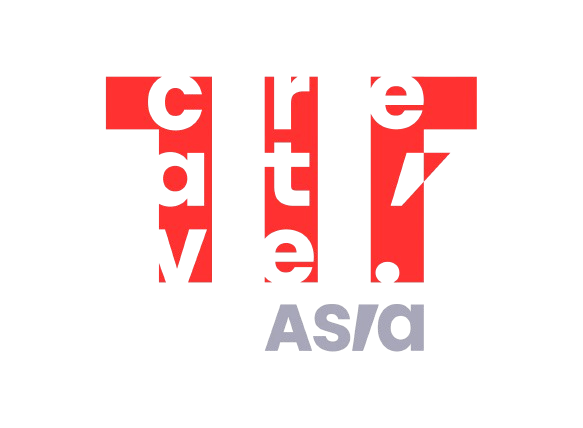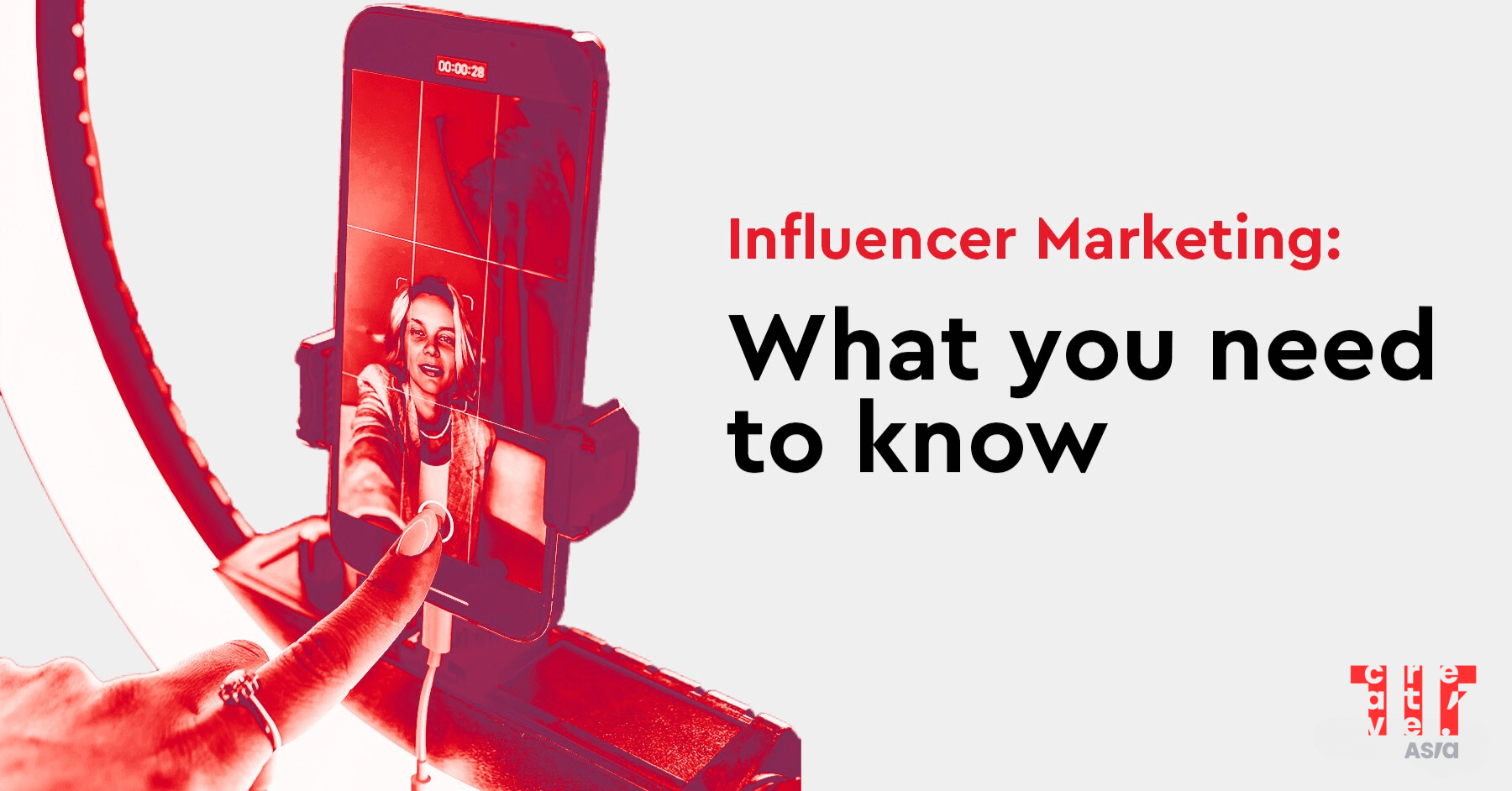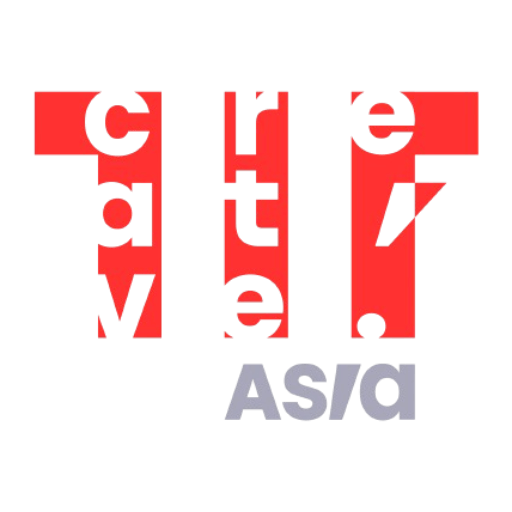What is influencer marketing?
Influencers are people or organizations who are considered to have a high level of social influence or expertise in a certain field. They have sizable social media followers and are recognized as authorities in their field. Influencers are the people who endorse products and mention them on social media. This is the essence of influencer marketing.
Influencer marketing is the process by which companies pay well-known social media users with substantial followers to mention their brand and promote it on their platforms. Influencer content can be displayed as testimonial advertising.
____________________________________________________________________________________
How to choose the right influencers for your brand?
The use of influencers in marketing has grown immensely.
When brands find the right influencers to work with, they can earn more than five times what they spend on their collaborations.
Finding the right kind of influencers to help the brand achieve tangible results is the first challenge. Particularly when there are numerous varieties of influencers available.
Here are the types of influencers to choose from:
- Mega-influencers (Celebrity Influencer with more than a million followers)
With a massive fan base of over a million, these influencers frequently include well-known actors, musicians, athletes, and other public figures. They are perfect for extensive brand awareness campaigns because of their celebrity status, which enables them to captivate a wide range of audiences. similar to Ariana Grande and Ed Sheeran.
These super influencers can offer your brand unmatched visibility, but working with them can be very costly. Furthermore, their engagement rates might not be as high as those of influencers with smaller, more specialized followings because of their frequently large audience.
The following companies could gain from collaborating with mega influencers:
- Big, established companies with the funds and assets
- Companies aiming to reach a wide range of consumers with different attributes
- High-end or luxury brands that aim to project an air of exclusivity
- Macro-influencers
Macro-influencers have a large following (usually between 100,000 and 1 million) and are well-known figures in their respective fields.
These influencers are now recognized as thought leaders in their field because they have steadily produced and engaged with content over an extended period of time.
Compared to celebrities, macro-influencers provide a more focused approach because their followers typically have similar interests. Working with macro-influencers can give your brand a wide audience, but depending on your budget, it might still be somewhat expensive.
The following are some instances of brands that could collaborate with macro-influencers:
- Startups looking for quick recognition, expansion, and growth (like Canva)
- Nonprofit groups seeking to increase awareness and financial support
- Accommodations and airlines aiming for a broad yet specialized market
- Micro-influencers
The up-and-coming stars of influencer marketing are micro-influencers, who have between 10,000 and 100,000 very active followers. These influencers are frequently very active on particular websites, such as YouTube, Instagram, and TikTok.
Working with micro-influencers is highly favored by marketers due to their ability to captivate a devoted and specialized audience through authentic interactions, relatable recommendations, and creative content.
Additionally, they are less expensive than bigger influencers. But that doesn’t imply they don’t work. According to studies, micro-influencers can increase conversions for your brand by 20% and have a 60% higher engagement rate than macro-influencers.
- Nano-influencers
There are less than 10,000 followers for nano-influencers. However, because of their genuine engagement and approachable content, these influencers frequently have close relationships with their audience.
Nano-influencers may be great partners for companies trying to reach particular communities and demographics without going over budget, even though they have the narrowest reach.
It makes sense that in 2023, more companies would want to collaborate with nanoinfluencers.
Additionally, because nano-influencers operate on such a small scale, they have more time and energy to invest in one-on-one collaborations. This translates to more individualized content for your brand and interpersonal connections within specialized communities.
The following are companies that will best collaborate with nano-influencers:
- Local companies focusing on particular towns, cities, or areas
- Small enterprises looking to run economical campaigns on a tight budget
- Specialty food companies reaching a specific market interested in their unique offerings
Bloggers and vloggers
Bloggers and vloggers are influencers in a particular niche. You can use these eight categories of bloggers for your next marketing campaign, which are based on their niches.
Influencers that are most popular are bloggers or vloggers. Because of the large numbers of followers they have on their blogs or YouTube channels, they are usually considered macro and mega influencers. High-quality content produced by bloggers and vloggers draws in viewers and establishes them as authorities in their respective fields. Apart from the number of people who subscribe to their blog or YouTube channel, they probably have a sizable following on other social media sites as well. With SEO working in their favor, bloggers and vloggers can typically produce high-quality backlinks. Brand awareness, website traffic, and sales can all be improved by these types of influencers.
Here are the famous types of bloggers and vloggers:
- Fitness Influencers
Fitness influencers can cover a wide range of niches, just like gaming influencers, such as Weight lifting, CrossFit, Weight loss, Running, Yoga, Healthy lifestyle, and more.
Influencers in the sports and fitness industries usually serve as inspiration to their followers. They frequently support brands associated with sports, the health and wellness sector, particular food and exercise regimens, and more.
- Beauty Influencers
About more than 40% of consumers follow beauty influencers. These influencers share beauty tips, product reviews, how-tos, and more, and can easily increase your beauty brand’s awareness and increase sales. Influencers of this type range from average people of any or no gender who love makeup to professional makeup artists.
- Fashion Influencers
Fashion influencers have a wide range of products to promote because they focus on items like apparel, jewelry, shoes, and other accessories. Typically, they work directly with fashion lines, promote products, give product reviews, create “haul” videos after shopping trips, and provide styling advice.
- Game Influencers
Influencers in the gaming industry who live stream their games on Twitch and YouTube have the ability to amass millions of followers who are interested in learning more about gaming or getting better at it. Vehicle, apparel, shoe, snack, and beverage brands are likely to achieve great results with a gaming influencer partnership, despite the fact that gaming influencers frequently promote video games and brands associated with them.
Type of game (action, strategy, multiplayer online, first-person shooter, etc.)
- Travel Influencers
Influencers in travel provide more than just extreme FOMO. Numerous travel influencers provide reviews of travel-related brands, suggested itineraries that include dining options, and other travel-related advice, tricks, and hacks. Similar to gaming and fitness, travel can be categorized into several niches, including gear, destinations, how-tos, and more.
- Photography Influencers
Big-name camera companies frequently choose to work with photography influencers who fit into the mega through micro influencer categories to promote their cameras, lenses, and other accessories. Among the top content creators in the world are these influencers.
- Parenting Influencers
Influencers in parenting review products, offer advice to aspiring parents, and share personal accounts of their own parenting experiences. They can advertise goods in a wide variety of sectors.
____________________________________________________________________________________
What are the benefits of Influencer Marketing?
Because social influencers’ followers have a high degree of trust in them, influencer marketing is effective. Additionally, recommendations from them provide potential buyers of your brand with social proof.
Several years ago, celebrities and a select group of committed bloggers were the only players in the influencer marketing space. Social media influencers are now so prevalent in the market.
These influencers are powerful even though the number of their followers may differ. Real connections are fostered by their close-knit communities, which raise engagement and trust. Having said that, brands must navigate a sophisticated process when collaborating with social media influencers.
Some of the benefits of influencer marketing are:
- Establish trust. Customers are more likely to pay attention to brands that share their messaging through these reliable sources because they are likely to trust the advice of influencers that they follow. People therefore take their advice and opinions seriously. Your influencer marketing campaign will no longer feel like advertising thanks to these suggestions, which will increase consumer receptivity to your business.
- Save money. Working with smaller influencers, such as micro-influencers (those with under 100k followers), can be more cost-effective than working with larger influencers or traditional advertising channels.
- Save Time. Influencer marketing saves time by outsourcing content creation and promotion, and branded content created by influencers can be repurposed by companies for their marketing campaigns. Using feedback from audiences, campaigns can be designed to retarget specific segments or groups of customers.
- Establish social proof and build awareness. Influencer marketing can help you create authentic content for your brand, showcase your products or services to a relevant audience, and leverage the credibility and influence of the creators.
- Target specific audiences. Influencer marketing can help you reach niche markets that are otherwise hard to access through other channels. By working with influencers who have a loyal and engaged fan base, you can tailor your message and offer it to their interests and needs.
- Access research opportunities. Influencer marketing can help you gain insights into your target market, customer behavior, preferences, and feedback. You can use influencer marketing to conduct surveys, polls, reviews, or product testing with your potential customers.
- Improve your search engine ranks. Search engine visibility and authority of your website can be enhanced through user-generated content, social signals, and backlinks that you can obtain with the aid of influencer marketing.
- Increase Sales. Influencers have a significant impact on their followers, and people highly respect the advice and opinions they provide. Consumers regard and believe in their favorite influencers, which makes them inspired and persuaded to purchase your product or services by influencers.
____________________________________________________________________________________
Content writing tips for your Influencer Marketing
Content writing is an important skill for influencer marketing, as it helps you create engaging and persuasive posts that can attract and retain your audience.
Here are some tips for writing effective content for your influencer marketing campaigns:
- Know your brand: Your content should reflect your brand identity and voice, as well as your unique selling proposition. What makes you different from your competitors? What are your values and mission? How do you want your audience to perceive you? Use a consistent tone, style, and language across your content to reinforce your brand image and personality.
- Know your goals: What are you trying to achieve with your content? Do you want to raise awareness, generate leads, drive sales, or build loyalty? Having a clear and specific goal will help you craft your content strategy and measure your results. Use the SMART framework (Specific, Measurable, Achievable, Relevant, and Time-bound) to set your goals and track your progress.
- Know your audience: Before you start writing, you need to understand who you are writing for. What are their interests, pain points, goals, and preferences? How can you provide value to them and solve their problems? Use tools like Google Analytics, social media insights, or surveys to learn more about your audience and tailor your content accordingly.
- Know your platform: Different social media platforms have different formats, features, and best practices for content creation. For example, Instagram is more visual and interactive, while Twitter is more concise and conversational. You need to adapt your content to the platform you are using, and optimize it for maximum engagement and reach. Use hashtags, keywords, captions, tags, and calls to action to enhance your content and make it more discoverable and actionable. You can also use tools like Canva to create stunning graphics and videos for your content.
- Know your influencer: If you are working with an influencer, you need to respect their creative freedom and authenticity. Don’t try to impose your brand voice or message on them, but rather collaborate with them to create content that aligns with both your goals and their audience. Provide them with a clear and detailed brief that outlines your expectations, guidelines, and deliverables, but also give them room to add their own flair and input. If you want the influencer to use your brand assets, provide them with your logo, colors and fonts if necessary.
____________________________________________________________________________________
Things to Remember in Influencer Marketing
Influencer marketing is a popular and effective strategy to promote your brand, products, or services through influential people on social media platforms.
These are some of the things to remember in influencer marketing:
- Define your goals and metrics for the influencer campaign. What do you want to achieve and how will you measure it?
- Choose the right social media platforms and influencers for your target audience. Different platforms have different demographics, content formats, and engagement rates. You want to work with influencers who have a loyal and relevant following, high-quality content, and a good reputation.
- Create brand guidelines and a clear brief for the influencer. You want to ensure that the influencer understands your brand values, tone, message, and expectations. You also want to give them some creative freedom and flexibility to showcase their personality and authenticity.
- Allow influencers to express themselves freely. It’s important to provide a comprehensive brief, but too much information can be overwhelming. Avoid dictating the influencer’s exact words or actions, as it can stifle their creative freedom and result in inauthentic content. Don’t micromanage the content creation process by vetting multiple drafts or making the influencer go through several rounds of revisions. Let them add their own touch as they are the experts in creating content that resonates with their audience. The brand’s role is to support them with the resources they need to create great content.
- Track and analyze the performance of the influencer campaign. You need to use tools and metrics to monitor the reach, engagement, conversions, and ROI of the influencer content. You also need to collect feedback from the influencer and the audience to optimize your strategy and improve your relationship. If you find it difficult to keep track of your influencer campaigns and their activities, you can consider hiring a team of professionals like TIF Asia. They can help you monitor and manage your influencer campaign activities, ensuring that they are aligned with your goals and objectives. By having experts handle your campaign, you can be assured that it will be executed effectively, reaching the right target audience, and generating the desired results. Additionally, working with a professional team can also provide you with valuable insights and recommendations on how to optimize your campaign and make the most out of your investment.
- Build long-term relationships with the influencers and their followers. You want to maintain regular communication, recognition, and support with the influencers. You also want to engage with their followers, respond to their comments and questions, and provide value and incentives to them.
- Make sure expectations are clear. It is important to set clear expectations upfront to ensure a smooth and productive collaboration. Agree on the campaign timeline, deliverables, payment structure, payment schedule, and any additional terms. You also need to have a contract that outlines the rights and responsibilities of both parties. This will help you achieve a successful campaign aligned with your goals.
#tifcreative #influencermarketing #tifasia




